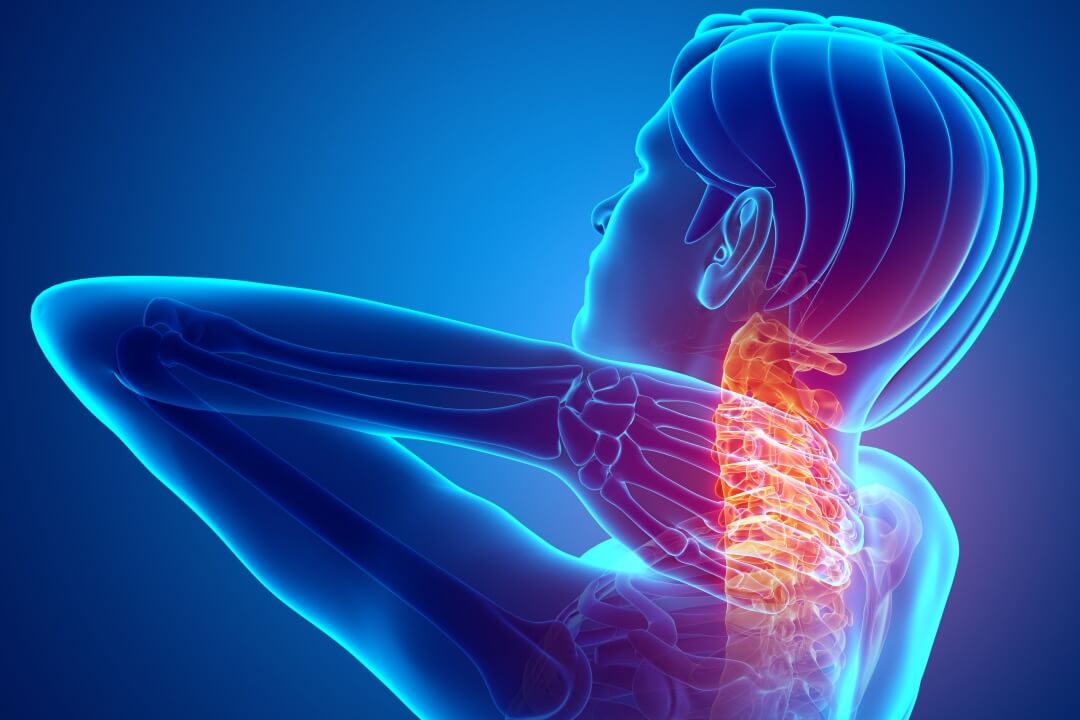If you are a veteran who is suffering from service-connected cervical spinal stenosis, you may be able to get up to a 100% disability rating from the VA. With such a rating, you can be entitled to $3,621.95 or more in monthly compensation.
However, not everyone can get the same rating, as the VA rates disabilities based on the severity of the symptoms and how they affect your daily life. If you are wondering what the potential rating of your condition should be, it’s essential to understand the rating criteria for cervical spinal stenosis.
Our goal with this article is to educate you about the VA ratings for cervical spinal stenosis, and we hope that by understanding the process, you will be better equipped when applying your claim. Alongside describing the ratings, we will also briefly discuss the condition itself and how you can be eligible for VA disability benefits. Let’s get started –
Describing Cervical Spinal Stenosis
Cervical stenosis is a type of spinal stenosis that mostly affects adults over 50 years of age. This condition is the result of the narrowing of the spine canal in the neck area and can cause pain and discomfort. Other than cervical stenosis, lumbar stenosis is another form of this condition that specifically affects the lower back area of the body.
There is no cure for spinal stenosis, and this condition is regulated by nonsurgical treatments and exercises that can lower the pain. Several reasons, including arthritis, herniated discs, injuries, and tumors, among others, can cause cervical stenosis.
Symptoms of Cervical Stenosis
Not everyone experiences symptoms of cervical stenosis other than the pain around the neck area. However, if you do, these are some of the most likely ones –
- Shooting pain from the back to the leg
- Leg weakness
- Pain when sitting or standing upright
- Radiating pain from the spine into arms and legs
- Loss of bladder or bowel control
- Tingling, numbness, or weakness in arms and legs
Disability Benefits Eligibility for Cervical Stenosis
Just because you are a veteran with cervical stenosis does not necessarily mean that you will be eligible for VA benefits. To be qualified for VA compensation, your condition has to be service-connected and meet the criteria set by the VA.
Here are the conditions for being eligible for VA benefits for cervical stenosis –
- Having Current Diagnosis: You will need to have a medical diagnosis for cervical stenosis to begin with.
- Establishing Service Connection: To be eligible for VA benefits, there should be a likely connection between an in-service event or injury with your cervical stenosis. A medical professional can build a nexus (link) between your condition and your military service.
- Severity of Condition: Even if your condition is diagnosed and service-connected, the VA will look at how the disease affects your daily life and assign you a rating based on the severity. If the symptoms are not severe enough, you may not get monthly compensation payments from the VA.
VA Disability Rating Cervical Stenosis
Cervical stenosis is rated under Diagnostic Code 5238, and you can get anywhere from 0% to 100% rating for this condition, depending on the severity. Here are the details for all ratings available for the disorder –
10% VA Rating for Cervical Stenosis
A 10% rating is given to veterans who have more than 60 degrees of forward flexion of the thoracolumbar spine due to this condition, but it is not more than 85 degrees. Or, your cervical spine’s motion is limited and is under 40 degrees but not lower than 30 degrees.
20% VA Rating for Cervical Stenosis
Compared to a 10% rating, a 20% rating is given when the forward flexion of the thoracolumbar spine is more than 30 degrees but not over 60% or the cervical spine’s motion is under 30 degrees but not lower than 15 degrees.
40% VA Rating for Cervical Stenosis
When your entire neck spine is ankylosed (abnormally stiffened) in an unfavorable position or when the forward flexion of the thoracolumbar spine is limited to up to 30 degrees or less, you may receive a 40% disability rating for spinal stenosis. This rating is also given if the entire thoracolumbar spine is favorably ankylosed.
50% VA Rating for Cervical Stenosis
For a 50% rating for cervical stenosis, your entire thoracolumbar spine should be ankylosed and in an unfavorable position.
100% VA Rating for Cervical Stenosis
Lastly, a 100% rating is given to veterans with their entire spine rendered immobile or in an unfavorable position.
How to Get Disability Benefits for Cervical Stenosis
To get disability benefits for cervical stenosis, it’s essential to gather every piece of evidence you can get, including –
- Medical documents
- Service records
- Buddy statements
- Nexus letter
After getting these records ready, you can apply for a claim online, via mail, or in person. Suppose you are finding it hard to apply for disability benefits or believe that the rating you have received does not represent your condition well. In that case, you can get help from experts such as VA Disability Coach.
Conclusion
Cervical spinal stenosis can be a tough condition to live with. Due to no treatment for this horrible condition, many elderly veterans suffer from it until their death. As a result, they need to receive medical treatment to relieve their pain along with monetary benefits, which the VA also provides when they assign a rating for their condition.

